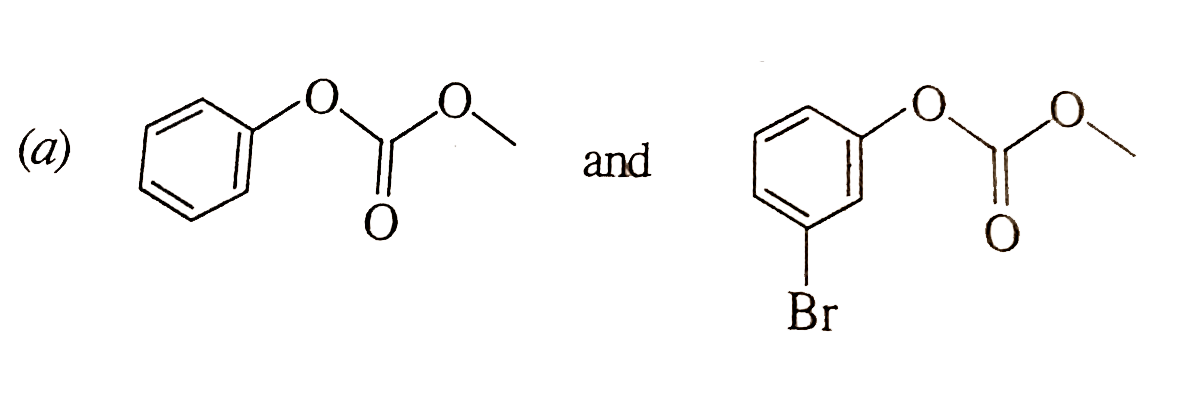Propyne reacts with Br2/HOH to produce
1,1,2,2-Tetrabromopropane
Acetone
Acetaldehyde
α - Bromoacetone
The correct Answer is:D
To solve the problem of what product is formed when propyne reacts with bromine and water, we can follow these steps:
Step 1: Identify the Reactants
The reactants in this reaction are propyne (C₃H₄) and a mixture of bromine (Br₂) and water (H₂O).
Step 2: Understand the Reaction Type
The reaction involves bromination in the presence of water. This means that bromine will add across the triple bond of propyne, and water will also participate in the reaction.
Step 3: Mechanism of the Reaction
1. Electrophilic Addition: The triple bond in propyne acts as a nucleophile and attacks the bromine molecule (Br₂), leading to the formation of a bromonium ion intermediate.
2. Nucleophilic Attack by Water: Water (H₂O) then attacks the more substituted carbon of the bromonium ion, leading to the formation of a bromoalcohol.
3. Deprotonation: The bromoalcohol can undergo deprotonation to yield an enol.
Step 4: Identify the Final Product
In this case, the product formed is alpha-bromoacetone. The structure of alpha-bromoacetone (C₃H₅BrO) can be represented as follows:
- The bromine (Br) is added to one carbon, and the hydroxyl group (OH) from water is added to the adjacent carbon.
Conclusion
The final product of the reaction between propyne and bromine in the presence of water is alpha-bromoacetone.
The reactants in this reaction are propyne (C₃H₄) and a mixture of bromine (Br₂) and water (H₂O).
The reaction involves bromination in the presence of water. This means that bromine will add across the triple bond of propyne, and water will also participate in the reaction.
1. Electrophilic Addition: The triple bond in propyne acts as a nucleophile and attacks the bromine molecule (Br₂), leading to the formation of a bromonium ion intermediate.
2. Nucleophilic Attack by Water: Water (H₂O) then attacks the more substituted carbon of the bromonium ion, leading to the formation of a bromoalcohol.
3. Deprotonation: The bromoalcohol can undergo deprotonation to yield an enol.
In this case, the product formed is alpha-bromoacetone. The structure of alpha-bromoacetone (C₃H₅BrO) can be represented as follows:
- The bromine (Br) is added to one carbon, and the hydroxyl group (OH) from water is added to the adjacent carbon.
The final product of the reaction between propyne and bromine in the presence of water is alpha-bromoacetone.
Topper's Solved these Questions
Similar Questions
Knowledge Check
CS2 reacts with Cl2 to produce:
ACCl4 and S2Cl2BCCl2 and SCl4CCCl4 and SCl2DCCl4 and SCl6When propanamide reacts with Br2 and NaOH then which of the following compounds is formed ?
AEthyl alcoholBPropyl alcoholCPropyl amineDEthylaminePhenol reacts with methyl chloroformate in the presence of NaOH to form product A. A reacts with Br2 to form product B. A and B are respectively
A B
B C
C D
D
Assertion : Glyceraldehyde reacts with Br2/H2O to form achiral compound
Reason : −CHO and −CH2OH both are oxidized
View SolutionWhich is the major product when propane is reacted with Br2 in the presence of light
View SolutionWhen propanamide is reacted with Br2 and NaOH, the product formed is :
View SolutionPhenol reacts with methyl chloroformate in the presence of NaOH to form product A. A reacts with Br2 to form product B. A and B are respectively
View SolutionAniline reacts with excess Br2/H2O to give the major product
View Solution